Sourdough Beer Bread Recipe
Your folders
Your folders
Prep Time: 240 minutes
Cook Time: 45 minutes
Servings: 1
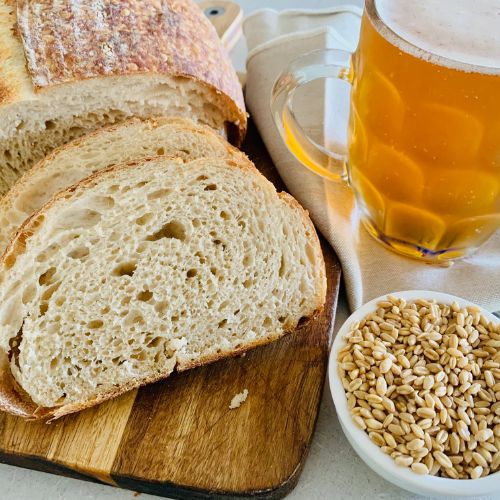
Ingredients
Export 3 ingredients for grocery delivery
Instructions
Step 1
Weigh out your sourdough starter and beer into a large mixing bowl and mix together briefly.
Step 2
Now add your flour and salt and mix whole lot together to form a dry dough.
Step 3
Cover your bowl with cling film or a damp tea towel and let it sit for around 1 hour. This process is called the "autolyse" and allows your flour to soak in all the water and become hydrated. You can see how the dough has changed in this photo.
Step 4
Bring the dough together into a ball. Pull the edges of the dough into the centre until it's smoother and more formed.You'll notice that the dough is fully hydrated after soaking all the water up. It will be fairly sticky but as you bring it into a ball, it will become smoother and shinier.
Step 5
Once the dough has formed into a smooth ball, pop the cling film back on and let it rest for 30 minutes.
Step 6
Over the next few hours you need to create some structure for your dough by "stretching and folding". Aim to do around 4-6 sets of stretches and folds. For each set, stretch the dough up and over itself 4 times. Leave around 15 minutes in between each set. Again you do not have to be exact with time, but you need to do at least 4 sets over 2 hours.
Step 7
Once you've finished your stretch and folds, place the cling film or damp tea towel back over your dough and let it rest and ferment (a plastic cover is a better option for this stage).
Step 8
Once your dough has finished it's first ferment, it's time to shape it into either a boule or a batard. You'll need to flour your counter top with rice flour for this (we use rice flour because it has no gluten). Try to be quite sparing with the rice flour, you only need a very light dusting.Use a silicone dough scraper to gently ease the dough out of the bowl. You want it to land upside down on your counter so that the smooth top of the dough is on the countertop and the sticky underside is facing up. This will make it easier to shape.You want to pull the edges of the dough into the centre and then flip it over so that the sticky side is now underneath. Using the stickiness, gently pull the dough into a tight ball.You will need a banneton to put your dough into. If you do not have a banneton, then a bowl or basket lined with a floured tea towel is perfectly fine. Make sure your bowl isn't too big though, you want your dough to retain some shape.Whatever you're using needs to be liberally floured with your rice flour. If you're using a banneton - liberally sprinkle it with rice flour. If you're using a cloth or tea towel, rub the flour into it to ensure it becomes non stick.
Step 9
Once the dough is shaped into a tight ball, place it into your banneton smooth side down, so your seam is on the top - this way the top of your dough will get the pretty lines from the banneton. If you're using a cloth or tea towel in a bowl it's ok to put your dough with the smooth side up. Just make sure the dough is tight.Lift your dough around the edges to pop a little more rice flour if you feel it needs it. Just try to handle the dough as little as possible and be really gentle as you really want to preserve all the gases and air bubbles that have formed during your bulk ferment.
Step 10
Now the dough is in its "shaping container" cover it loosely with a plastic bag or damp tea towel pop it into the fridge for the cold ferment.You can leave it for a minimum of 5 hours up to 36 hours or anywhere in between.
Step 11
Once you're ready to bake your sourdough, you'll need to preheat your oven to 230C/450F. While your oven is preheating, place your sourdough in the freezer.Place your Dutch Oven into the oven when you turn it on so it gets hot. Try to preheat for around 1 hour to ensure your oven is super hot - but you know your oven so just adjust this time if you need to.
Step 12
Now it's time to bake!When your oven is at temperature, gently tip your sourdough out of the banneton and onto a piece of parchment paper. If it hasn't been in the freezer, just handle it very gently as it may be very soft.Make sure that you make the baking paper big enough to use the edges as a handle to lower to dough into your Dutch Oven.Gently score your bread with a lame, clean razor blade or knife. At minimum a large cross is sufficient, but you can get as artistic as you like. You can find my full guide on how to score sourdough bread here.Carefully take your dutch oven out of the oven. Place the sourdough into the pot using the baking paper as a handle. Put the lid on and place into the hot oven. If you want to you can spritz your dough with extra water before you put the lid on.BAKE TIME:30 Minutes with the lid on at 230C/450F plus10-15 Minutes with the lid off at 210C/410F
Step 13
When you remove your dough from the oven, carefully remove it from the dutch oven as soon as possible and place on a wire rack to cool.
Top similar recipes
Curated for youYour folders
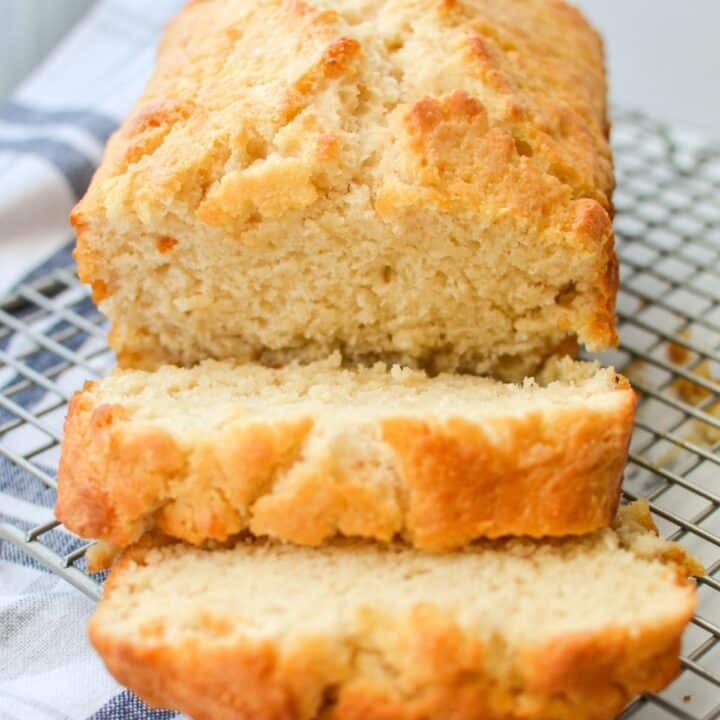
 255 views
255 viewsSourdough Beer Bread Recipe
littlehomeinthemaking.com
4.6
(15)
55 minutes
Your folders

 270 views
270 viewsSourdough Beer Bread
kingarthurbaking.com
4.8
(38)
45 minutes
Your folders
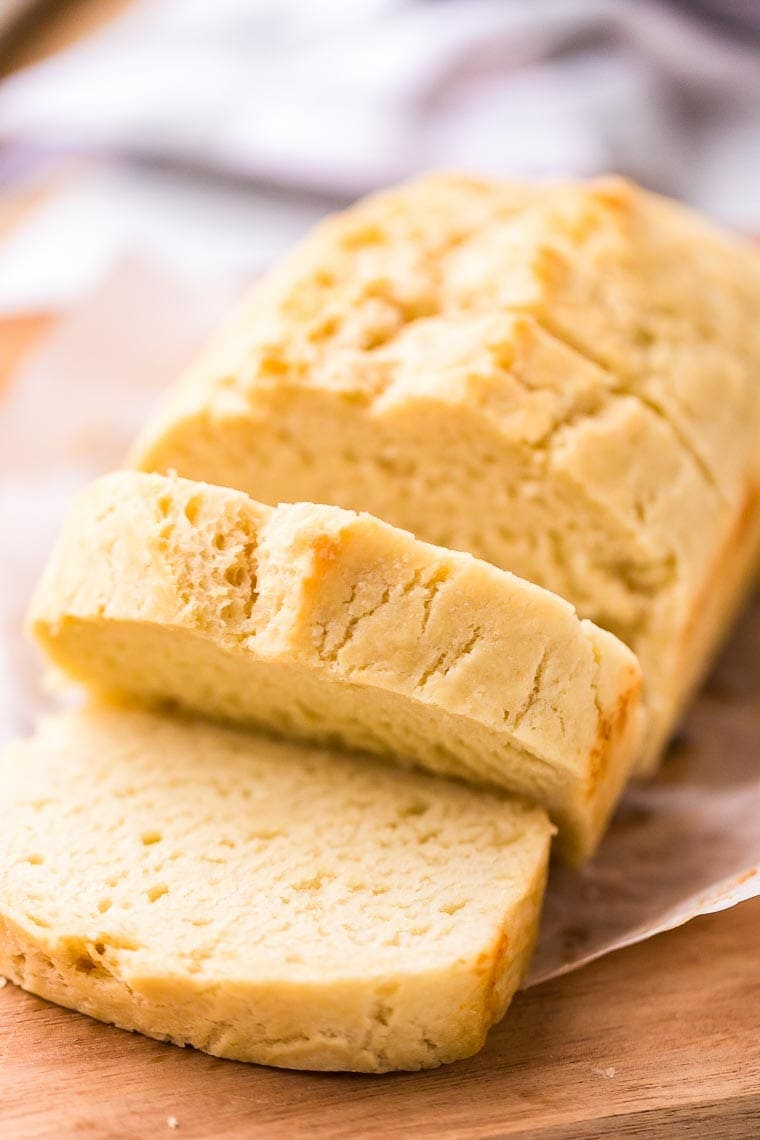
 320 views
320 viewsBeer Bread Recipe
julieseatsandtreats.com
5.0
(12)
50 minutes
Your folders
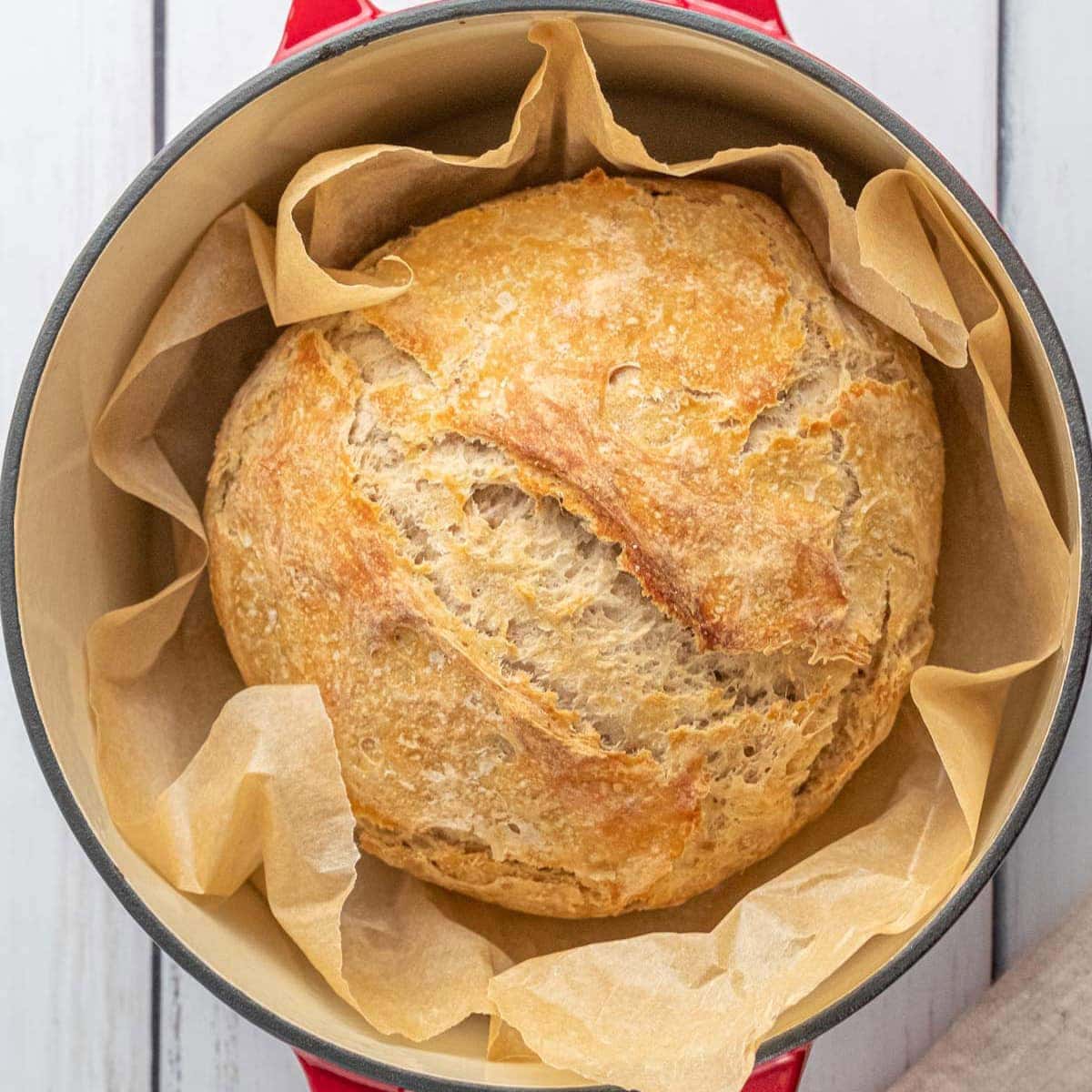
 235 views
235 viewsSourdough Bread Recipe
yellowblissroad.com
4.5
(47)
30 minutes
Your folders
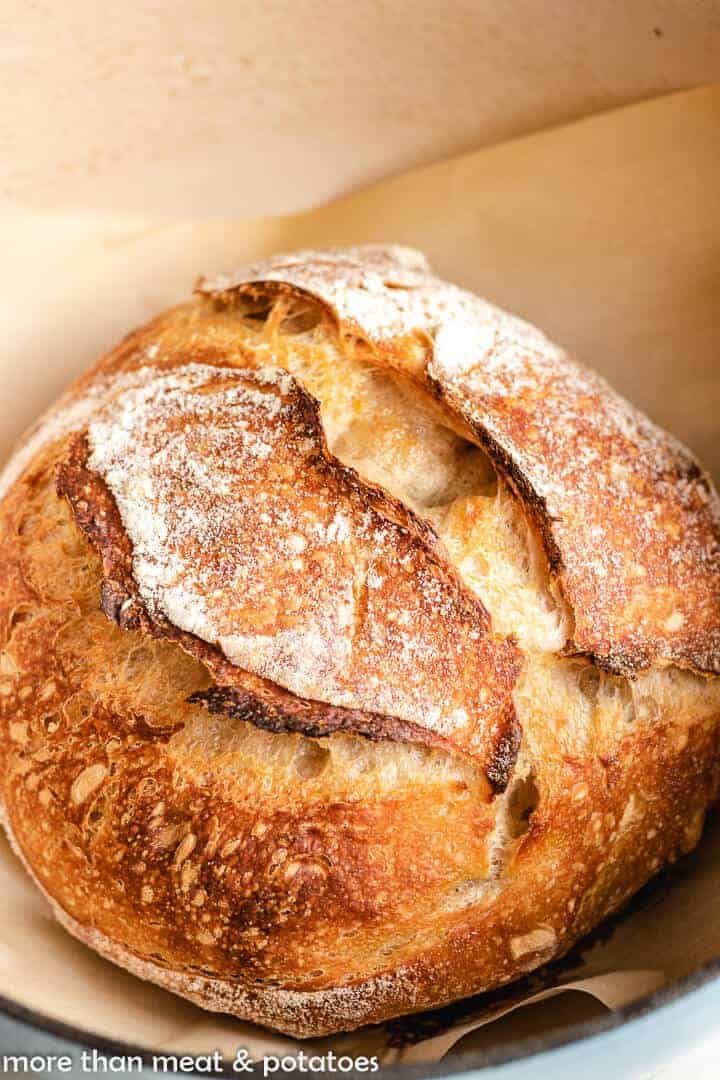
 255 views
255 viewsSourdough Bread Recipe
morethanmeatandpotatoes.com
4.8
(6)
45 minutes
Your folders

 251 views
251 viewsSourdough Bread Recipe
skinnytaste.com
60 minutes
Your folders

 155 views
155 viewsSourdough Bread Recipe
natashaskitchen.com
5.0
(79)
40 minutes
Your folders
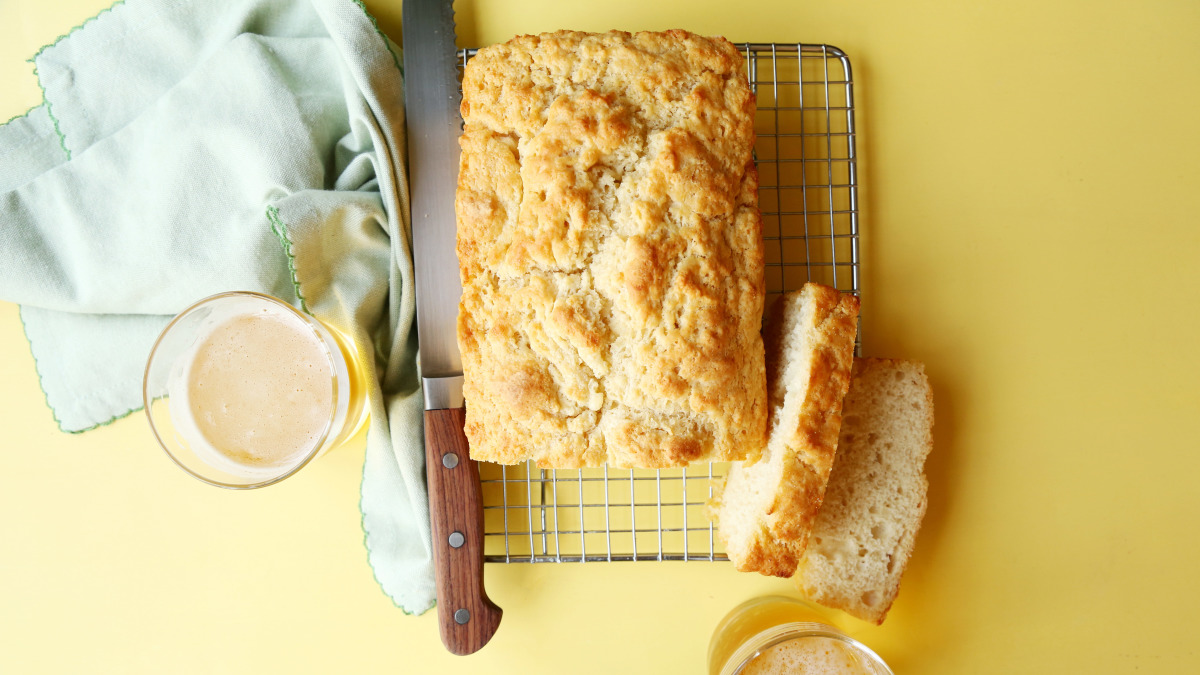
 1123 views
1123 viewsBeer Bread
food.com
5.0
(1.0k)
1 hours
Your folders

 400 views
400 viewsBeer Bread
budgetbytes.com
5.0
(3)
50 minutes
Your folders

 483 views
483 viewsBeer Bread
cooking.nytimes.com
5.0
(1.3k)
Your folders
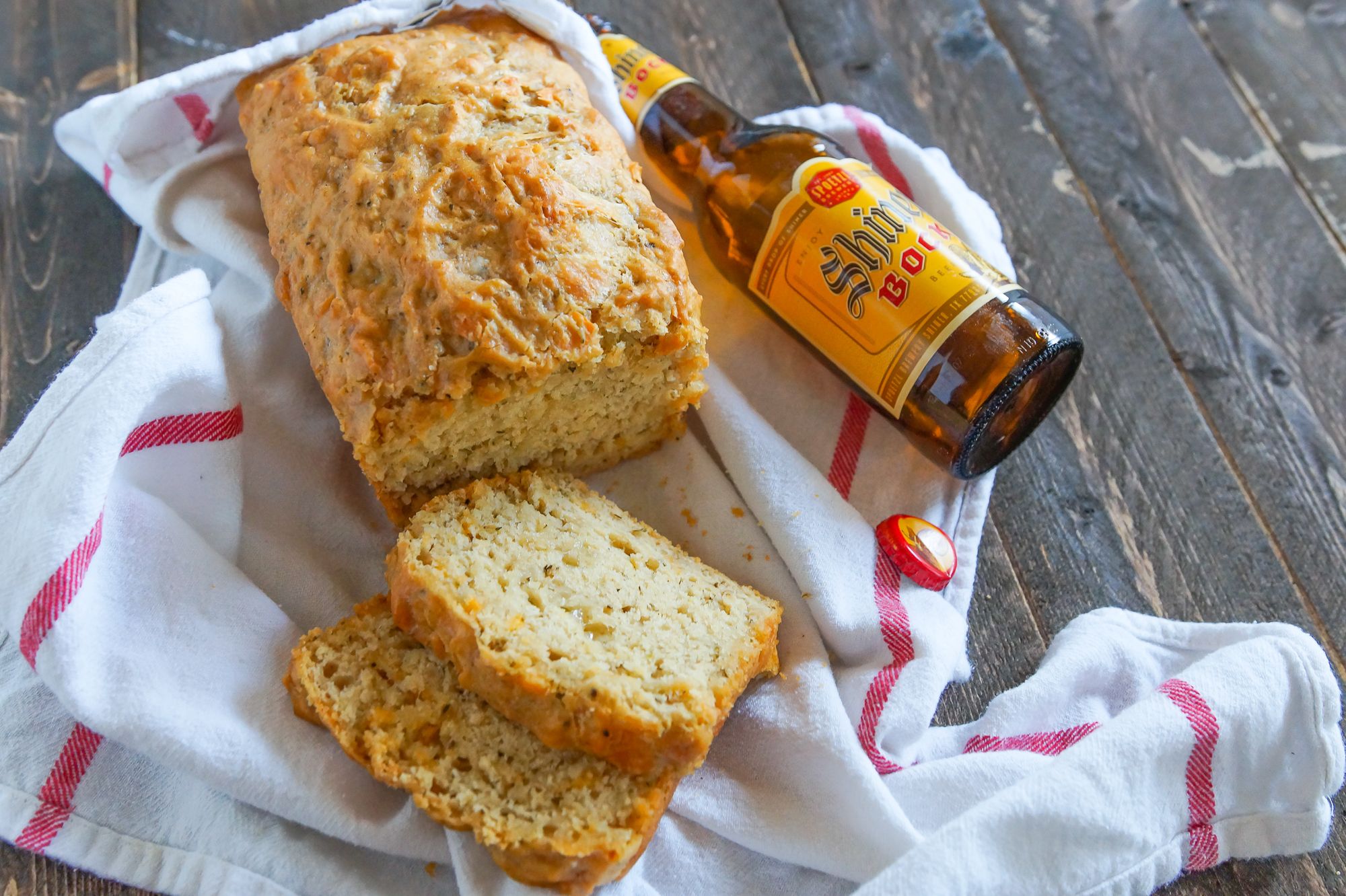
 329 views
329 viewsBeer Bread
thepioneerwoman.com
4.7
(3)
55 minutes
Your folders

 185 views
185 viewsBeer Bread
bunsinmyoven.com
4.9
(11)
50 minutes
Your folders

 218 views
218 viewsbeer bread recipe | recipegoldmine....
recipegoldmine.com
Your folders

 134 views
134 viewsEasy Beer Bread Recipe
dishesdelish.com
5.0
(19)
35 minutes
Your folders
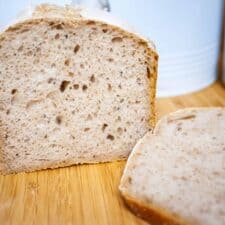
 651 views
651 viewsBread machine sourdough bread recip...
mygreekdish.com
4.8
(709)
1 hours, 15 minutes
Your folders
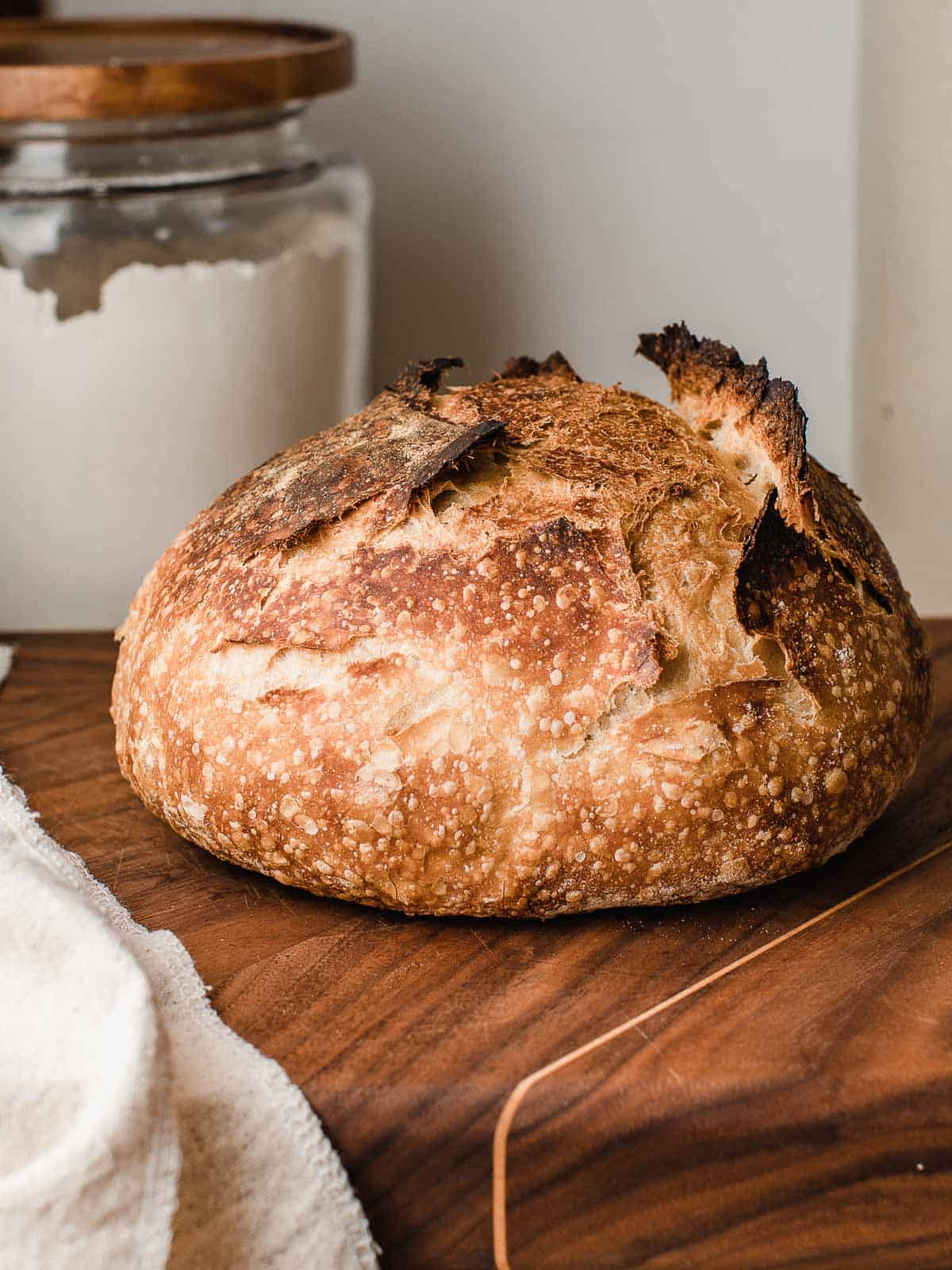
 1274 views
1274 viewsBeginner's Sourdough Bread Recipe
littlespoonfarm.com
5.0
(93)
Your folders

 1488 views
1488 viewsBeginner's Sourdough Bread Recipe
theperfectloaf.com
1 hours
Your folders
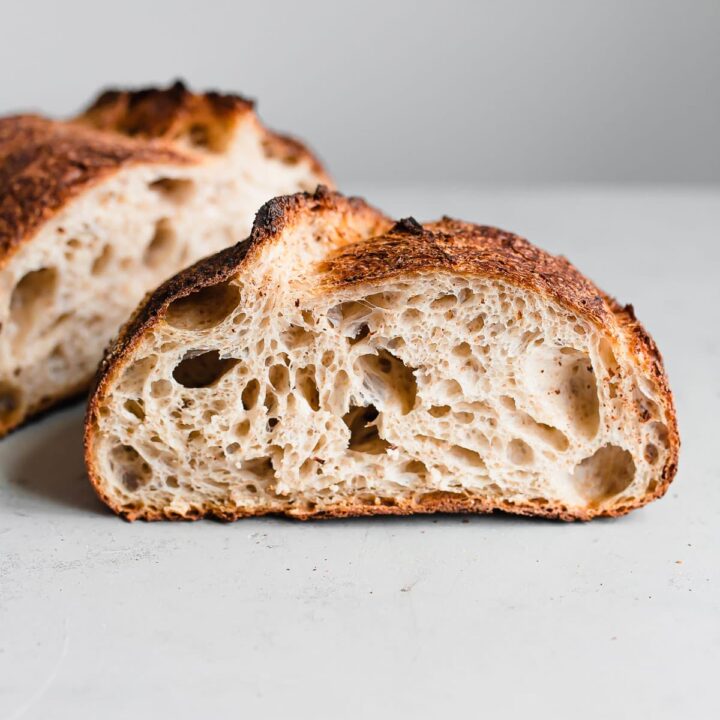
 818 views
818 viewsArtisan Sourdough Bread Recipe
abeautifulplate.com
4.8
(119)
50 minutes
Your folders

 285 views
285 viewsSourdough Bread Bowl Recipe
emilylaurae.com
5.0
(4)
25 minutes